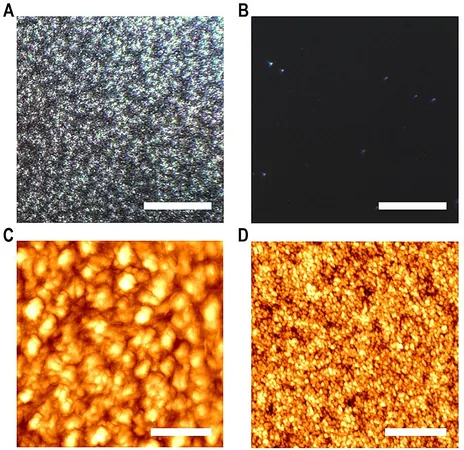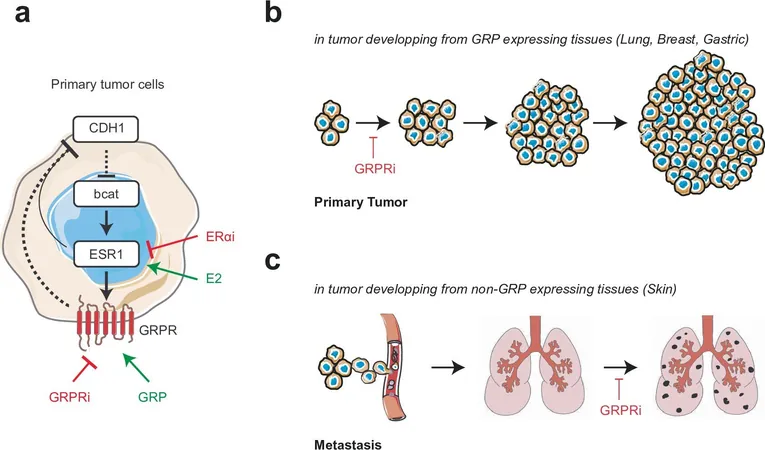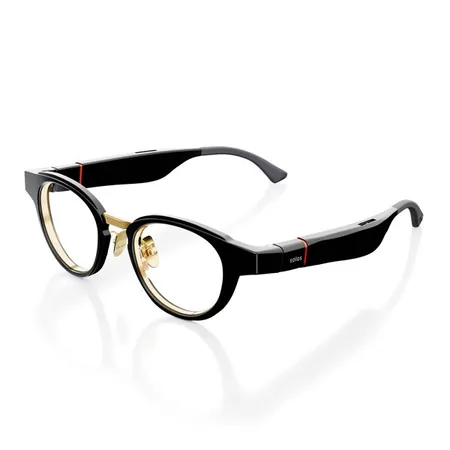
Revolutionary Breakthrough in Quantum Emitters: New Method for Modulating and Encoding Quantum Information!
2024-10-31
Author: Mei
Revolutionary Breakthrough in Quantum Emitters: New Method for Modulating and Encoding Quantum Information!
In a groundbreaking advancement in quantum technology, a multi-disciplinary team from the U.S. Naval Research Laboratory (NRL) has developed an innovative approach to control quantum emitters, paving the way for the modulation and encoding of quantum photonic information on a single photon light stream. This new paradigm promises to enhance areas like secure communications, metrology, sensing, and quantum information processing—fields that stand to benefit immensely from the unique advantages provided by quantum photonics.
The Future of Quantum Photonics: A Leap Beyond Classical Limits
Quantum photonics represents a transformative shift in how we manipulate light at its most fundamental level. Unlike classical methods, quantum photonics allows for operations that leverage principles of quantum mechanics. This involves the generation, manipulation, and detection of light at scales where single quanta of light—chosen photons—can be utilized to carry information. Achieving a reliable quantum emitter (QE) is central to this progress.
The critical requirements for effective QEs are stringent: seamless creation and placement, single photon purity ranging from 90-100%, and the ability to control or modulate emissions. The NRL's new methodology offers a mechanism for manipulating the properties of emitted light, facilitating applications in secure communication channels and advanced encryption techniques reliant on single photon sources. The findings of this innovative research were recently published in ACS Nano.
Groundbreaking Materials and Techniques
Key to this advancement is the use of two-dimensional materials such as monolayer tungsten disulfide (WS2) and tungsten diselenide, which serve as optimal platforms for QEs due to their unique properties. "The atomic-layered structure of these materials allows for easy integration and optimal manipulation of quantum light," explains Berend Jonker, Ph.D., NRL senior scientist and principal investigator of the project.
The approach developed by the NRL team employs a novel nonvolatile and reversible control mechanism to manage single photon emission purity, particularly using WS2 combined with ferroelectric materials. By embedding an emitter within the WS2 matrix, researchers could switch the emission's purity by adjusting the ferroelectric polarization through a bias voltage. Emitters positioned over "up-domains" produce high-quality quantum light, while those over "down-domains" generate semi-classical light, significantly expanding the capability for encoding quantum information.
An Elite Team Driving Quantum Innovation
The materials utilized include monolayer WS2 films, crafted through chemical vapor deposition and meticulously transferred onto an organic ferroelectric polymer layer resting on a highly doped silicon substrate. This careful alignment allows for deterministic placement of quantum emitters using a patented atomic force microscope (AFM) nanoindentation technique.
"The precision required for this process is immense," shares Sungioon Lee, Ph.D., a postdoctoral fellow at NRL. Achieving optimal contact between the materials necessitates a flawlessly smooth ferroelectric film surface, which the researchers ensured through their innovative spin-coating and flip-over techniques.
The conductive top contact for the setup is achieved using graphite, which partially covers the WS2 while allowing a conductive piezo force microscopy tip to control the polarization state beneath it.
Conclusion: A Bright Future for Quantum Technologies
This research represents a significant leap forward in quantum technology, potentially revolutionizing secure communications and quantum computing. The implications of this work stretch far into the future, suggesting a bright horizon for developments that could redefine our approach to information transmission and security.
As scientists in the field look toward the next steps, they aim to further refine these processes and explore their applications across various industries, signaling a thrilling era in quantum innovation!



 Brasil (PT)
Brasil (PT)
 Canada (EN)
Canada (EN)
 Chile (ES)
Chile (ES)
 Česko (CS)
Česko (CS)
 대한민국 (KO)
대한민국 (KO)
 España (ES)
España (ES)
 France (FR)
France (FR)
 Hong Kong (EN)
Hong Kong (EN)
 Italia (IT)
Italia (IT)
 日本 (JA)
日本 (JA)
 Magyarország (HU)
Magyarország (HU)
 Norge (NO)
Norge (NO)
 Polska (PL)
Polska (PL)
 Schweiz (DE)
Schweiz (DE)
 Singapore (EN)
Singapore (EN)
 Sverige (SV)
Sverige (SV)
 Suomi (FI)
Suomi (FI)
 Türkiye (TR)
Türkiye (TR)
 الإمارات العربية المتحدة (AR)
الإمارات العربية المتحدة (AR)